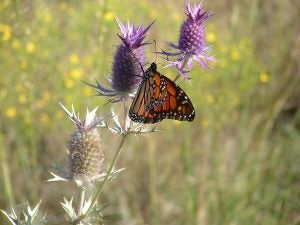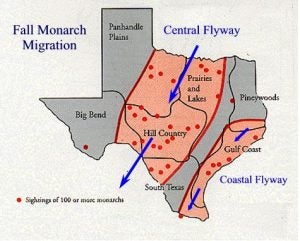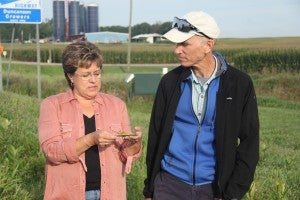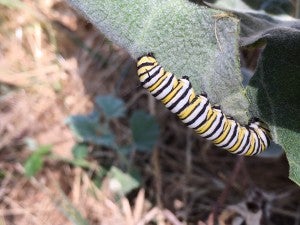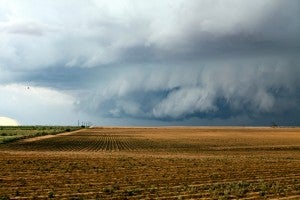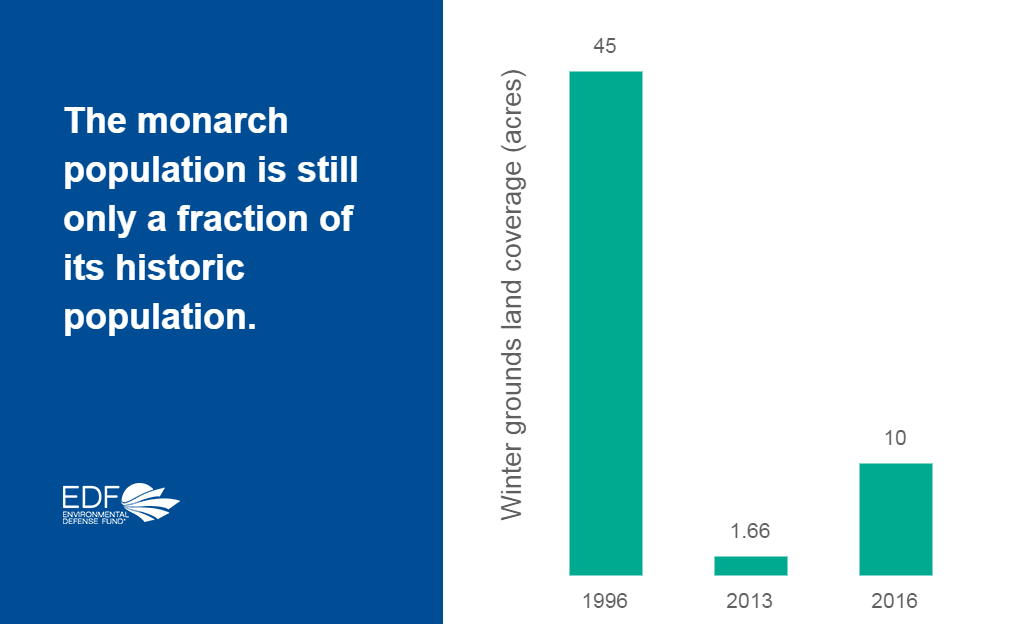The monarch butterfly has a new chance at recovery, thanks to the launch of the Monarch Butterfly Habitat Exchange and inspiring commitments from early participants.
The Monarch Butterfly Habitat Exchange is an innovative market-based program dedicated to restoring and conserving high-quality monarch habitat on America’s private working lands. It’s been dubbed an ‘Airbnb for butterflies’ because it’s the only program of its kind that can open the vast untapped potential of large-scale farms and ranches to make habitat available for monarchs at an unprecedented scale and pace.
[Tweet “Powerful partners have teamed up to launch a groundbreaking program to recover the monarch butterfly.”]
Studies estimate that the monarch’s population has declined by 95 percent since the 1980s, and the butterfly faces a June 2019 deadline for an Endangered Species Act listing decision.
To change the monarch’s trajectory and avoid the need for restrictive regulations that often accompany a listing, we need to restore millions of acres of native milkweed and wildflowers across the butterfly’s vast migration route, fast.










